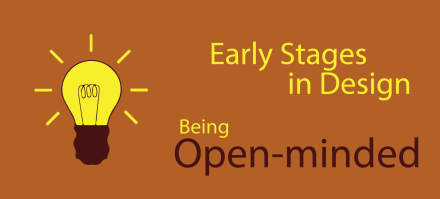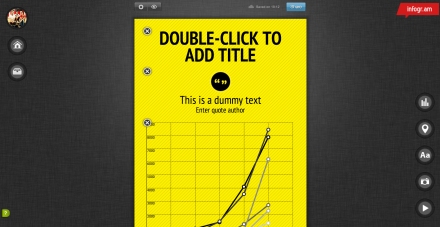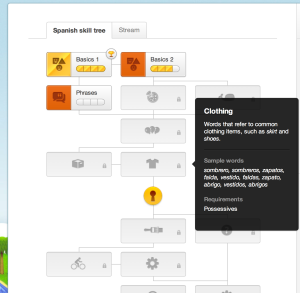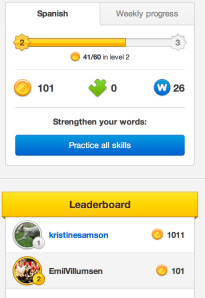What is design? What is successful design? Can design be formalized? Is it possible to find an organized structured way of going by a design task, which works in all practices? Or must we always design our design approach and start from scratch?
What is design?
In the 60ies and 70ies there was a movement toward making design an academic tradition. Later on design was defined as ‘creating’ – as having a current state and changing it to the wanted state.
While the definition is useful it has its implications. The definition has the consequences that design can’t be reduced to graphic design, interior design, product design etc. Design is also designing processes, texts and thoughts. The definition therefore blurs out whilst it’s being defined, as it is relevant in more and more academic fields. Does this mean that everybody’s a designer? Are hairdressers designers? Are journalists designers? Are scientists ‘designing’ their research approaches? If design is every instance of organizing and moving from a current state to a wanted state, (too) many disciplines fall under the umbrella of ‘design’.
But the design approach has come useful in many disciplines, and should be reserved for the few who traditionally claimed the title ‘designers’.
Therefore I believe it makes sense to divide the term in two: Design as a discipline and Design as a profession. This way we’re able to sustain the traditional design professions while broadening the use of design approaches to more fields, where the processes of design are useful in creating awesome products for the users.
What is successful design?
In modern design history in the academic field, there has been a tendency to reduce design to be a natural science-oriented discipline. Here it is possible to “compute” the best design solution. In my opinion this is leaning on a cybernetic epistemological way of thinking, where humans and their actions are formalizable and predictable. This means that successful design is when the designer has followed all rules and prescriptions on how to solve this type of design task.
In a social constructivist approach though, the success of the design will be dependent on the user’s interpretation, which means after the implementation of the design. And needless to say, the interpretation will be unique and individual in every user’s perception.
Both of the success criteria make sense, but on their own are too radical.
It makes little sense not to formalize design at all. We can gain a lot from using design principles, gestalt laws and generally passing on information and experience. We must see them as guidelines and best practices and as a supplement to our own creative thinking and adaption and reshaping of each design task.
Most will probably agree on this, and it may seem obvious. But in a historical perspective on design in the academic field, this way of thinking isn’t self-evident.












